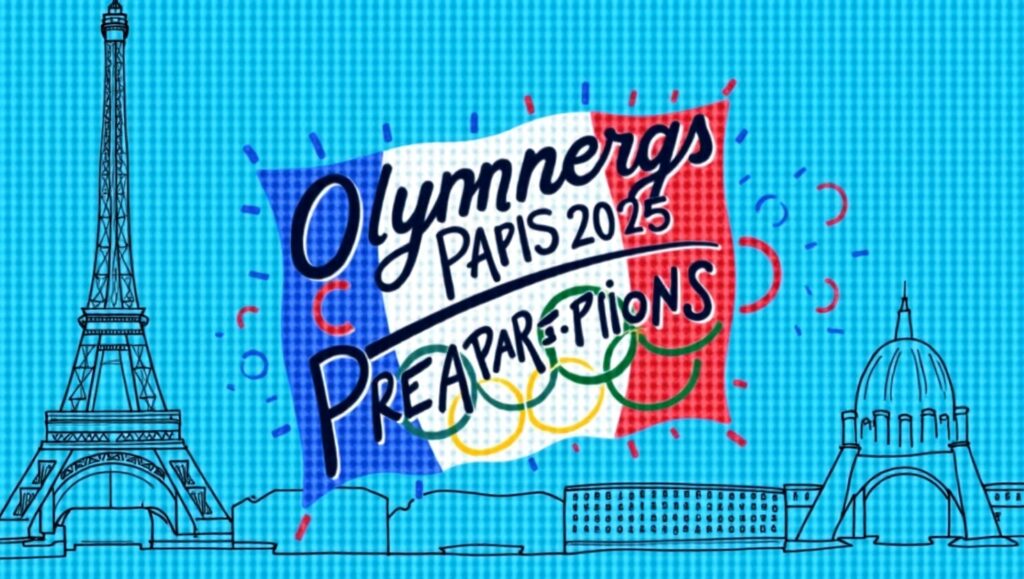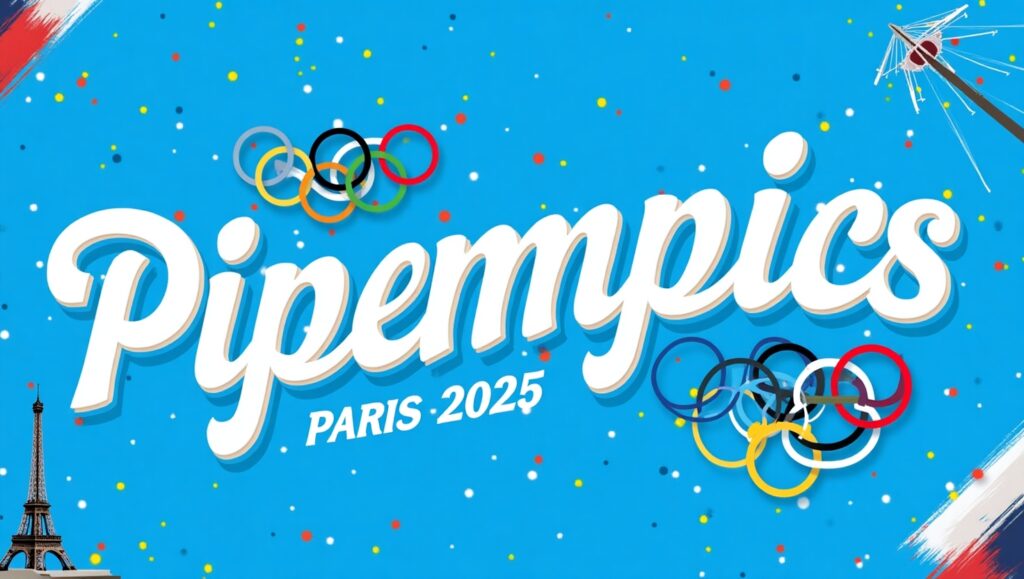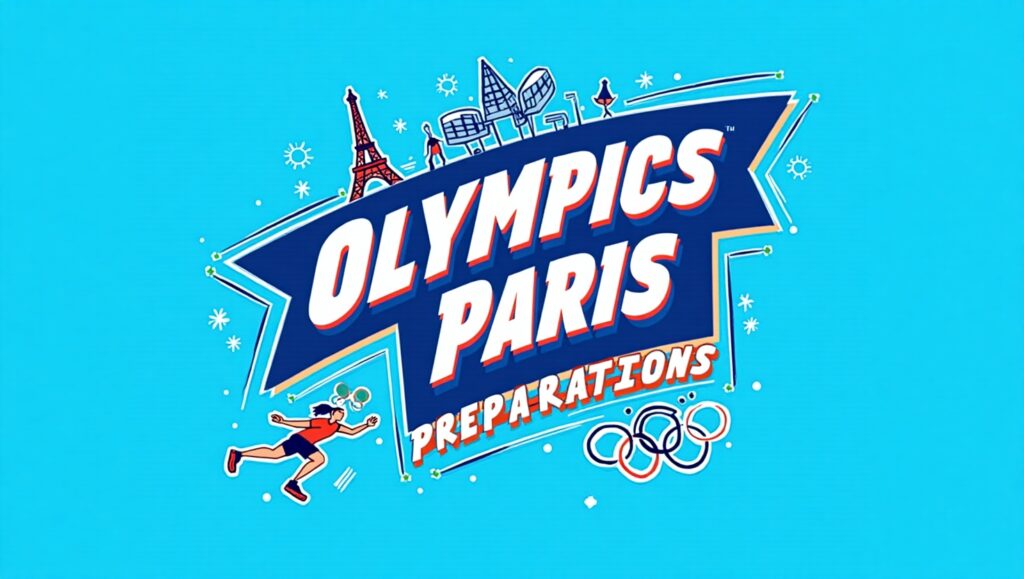Getting ready for the 2025 Paris Olympics: building a lasting legacy
The Summer Olympics in Paris in 2024 were a big deal, but the city is still changing in 2025 as it moves from hosting to constructing a legacy. Here’s how Paris is getting ready for a greener, more welcoming future: cleaning the Seine and giving the Athlete’s Village a new purpose.

🏞️ Bringing the River Seine back to life
One of the most important legacies is the restoration of the Seine River. The river used to be dirty with sewage and industrial garbage, but it has been completely cleaned up so that people may swim in it again. The Swimming Plan has €1.4 billion in investments and includes huge subterranean pipes, storage tanks and pumping systems to keep germs and runoff in check.
The Express Tribune +6, Condé Nast Traveler +6, and Wikipedia +6.
In 2024, Olympic athletes tried out the water during the triathlon and marathon swim competitions. The first formal swims were well-received, even though some had to be put off because of severe rain and flow-related worries. Public swimming areas along the Seine and Marne are set to open in the summer of 2025.
Condé Nast Traveler +1
Le Monde.fr +1. This is the first time in 100 years that people in Paris have been able to swim in the river, something Jacques Chirac promised a long time ago.
🏟️ The Aquatic Centre in Saint-Denis went from being an Olympic venue to a community hub.
The Olympic Aquatic Centre opened in April 2024. It has five pools, including an outdoor pool and diving capabilities. It also has eco-friendly elements including seating made from recycled plastic and heating technologies that use less energy.
Le Monde.fr Wikipedia. During the Games, it could hold 5,000 people, but for public and competitive use, it will only be able to hold 2,500 people. The center’s eco-friendly architecture is finished with bike paths and plants.

Change in the Athlete’s Village
The Athlete Village in Seine-Saint-Denis housed 14,500 athletes in about 3,000 rooms. It was given to the athletes in February 2024. The hamlet is now a lively new neighbourhood that was built using recycled demolition materials, low-carbon concrete, wood from certified forests, and plans for the climate in 2050.
2,500 dwellings that will last forever
Transportation and public services
Student housing and office space
7 hectares of parks with landscaping
Street lights and cooling systems that are good for the environment
Wikipedia and ArchDaily
These units are now for sale, and full delivery is planned by September 2025. This will be a big boost to the local infrastructure.
Even though the attention is now on the past, many of the transport improvements built for the Games are still important after the Olympics:
The Grand Paris Express metro extensions, which include Lines 15–17 and improvements to Line 14 and the RER E, keep making it easier for people in the suburbs to get around.
New India Abroad +15 Eagles Journal +15 Wikipedia +15
For daily travel and events, there is still a rise in eco-friendly transport options like electric buses, bike shares, and better computerised route services.
Additionally, a digital transport app, 5,000 platform attendants (“purple vests”), and new signs are still in use, making it easier for both residents and visitors to get about the network.
Wikipedia
🌱 Initiatives for sustainability
Paris’s dedication to sustainability was a key part of its Olympic purpose, and it continues to be a part of its legacy planning:
Low-carbon construction: The Aquatic Centre and Athlete’s Village used wooden structural frames, recycled materials, and solar panels.
Wikipedia +1
Eagles Journal +1.
Renewable energy: All of the Olympic venues used wind and solar electricity, and this green energy supply is still available for the community to use.
Waste management: The infrastructure for composting and recycling stays the same because the goal is to have almost no landfills.
Eagles Journal
Urban biodiversity and climate resilience: The government’s environmental plans call for 300 hectares of new green space by 2040 and encourage urban farming, solar roofs, and ecological zones.
ArchDaily.
🛡️ Security and Infrastructure History
Intensive security planning for the 2024 Games, which included a lot of money spent on policing, AI surveillance, drones, and working with other countries, has also made it easier to prepare for big events in the future.
france24.com +4 devdiscourse.com +4 chinadailyhk +4 .
Temporary improvements in infrastructure, such as river barriers, transport agents, and better lighting, have been kept to help with public safety and the many cultural and sporting events that happen there.
🏅 Human and Cultural Legacy
Paris has used the Games to make a lasting societal influence that goes beyond its brick-and-mortar legacy:
Cultural Olympiad: A cultural celebration is still going on around the country, with over 2,000 events and 80% of them free to attend.
Condé Nast Traveler +9, ArchDaily +9, Reddit +9, chinadailyhk +9.
Programs for everyone to play sports: There are 1,122 sports facilities in Paris, including “Paris Sport Dimanches” and “Inclusive Club.” These programs make it easier for people of all ages and abilities to get involved in sports.
Local economic empowerment: Seine-Saint-Denis is growing by giving money to local enterprises, community services, and the social economy.

🌟 In conclusion
The legacy phase of the Paris Olympics in 2025 goes beyond the event itself. What was originally temporary—places, communities, and infrastructure built for two weeks—has been carefully redesigned for long-term usage by the community and to protect the environment. Paris is creating a global standard with things like a swimmable Seine, green housing, better public transport, and social initiatives that include everyone. The city has a clear goal: to turn the excitement of the Olympics into long-term growth for the city, both now and in the future.



